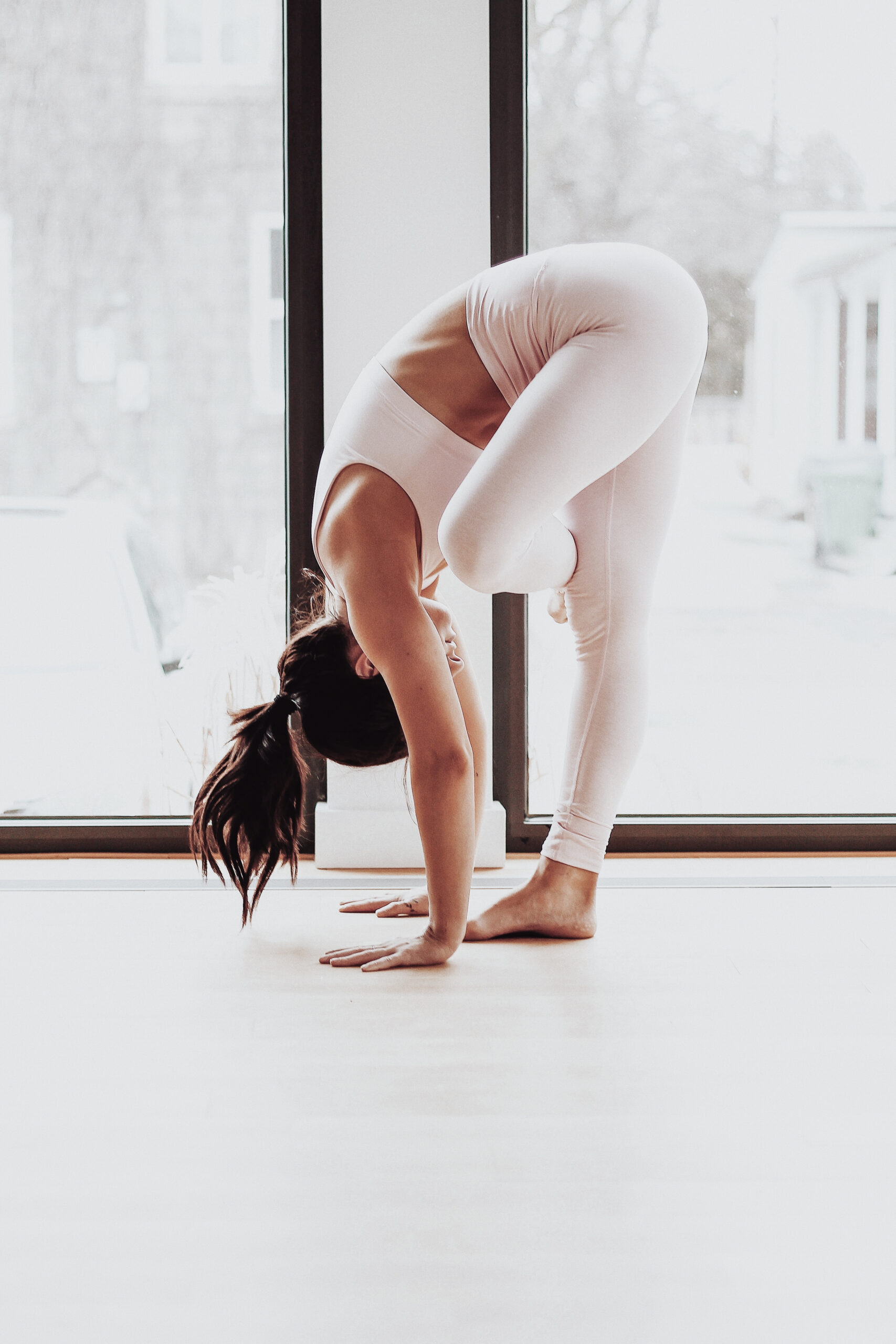
Walking as Exercise During Pregnancy & Why I Don’t Always Recommend it.
During pregnancy walking for exercise is often the most recommended form of exercise from our health care providers.
Walking is fantastic and generally speaking I’d say it’s one of the most underrated forms of exercise. Walking ticks a lot of boxes for pregnancy, it’s low intensity, its low risk and it’s easy to do anywhere. So it makes it super easy to achieve your 30 min of daily moderate exercise that you want to be getting during your pregnancy.
However, I don’t always love this recommendation.
Walking in pregnancy
Walking for exercise can alot of the time leave women feeling discouraged and unfortunately in all sorts of pain. Throughout pregnancy a whopping 1 in 5 (some statistics say more) women will experience some form of pelvic girdle pain. This pain can range in severity from women to women, but often it is quite debilitating to the person suffering. Unfortunately most women have absolutely no idea what exactly is causing this pain and what exactly they can do to make it better – if there is anything.
Believe it or not in a lot of cases of women suffering pelvic girdle pain often walking for exercise is just making this pain worse and aggravating the problem at hand.
Super annoying right, I mean how on earth can walking be a bad thing?? Listen up and let me explain why.
During pregnancy your body is constantly changing. You are experiencing an array of changes on all levels; hormonally, anatomical changes, psychologically, physically, postural changes, your center of gravity is off and your body is far more unstable. And so much more.
It’s no secret that pregnancy is tough on your body. Your whole body posture changes due to the increased and altered weight distribution in the trunk area and particularly in the front of the body. This causes your shoulders to round more forward causing thoracic kyphosis. As well generally women experience (especially in later tri 2&3) the sway back, which is an increase in the spinal curvature causing lumbar lordosis.
These posture changes are necessary as they help maintain stability and balance within the body. However these necessary changes do take a toll on your body as they can cause greater musculoskeletal imbalances and cause excess strain on the whole body. Which can result in pain.
How does walking aggravate pelvic girdle pain?
Now, let me introduce you to relaxin. This is just one of many hormones that we produce during pregnancy. This beautiful hormone is essential for pregnancy and it has so many roles during pregnancy. One of the main functions of relaxin is that it helps your body prepare for labor and delivery by loosening the pelvis’s ligaments, joint, and muscles. This helps to ease the process of delivering your baby by opening your body which creates an easy passage for bub to enter this world. However there is a downfall of relaxin, because of all this extra flexibility your body now has this creates much more instability in the body. Relaxin can in fact wreak havoc. And is responsible for causing lots of pregnant women pain. About half of all pregnant women will experience some sort of pain in their pregnancy and the most common pains that are felt are pelvic pain and back pain.
Walking for exercise often aggravates this pain. Why is this you may ask? Generally when we walk it tends to be first on uneven grounds and by the nature of walking it’s a unilateral movement (single legged) which in fact causes more pelvic instability. This instability then causes greater musculoskeletal imbalances Therefore resulting in more and more pain.
What to do if you are experiencing pelvic girdle pain?
So, if you can’t walk what will you do? Don’t be discouraged there is so much you can do. Pregnancy is all about adapting to your new and beautiful changing body. It’s about honouring all those incredible changes that you are going through and truly listening to what is happening within.
Reevaluate the type of exercise you are doing
If your experiencing pelvic girdle pain or back pain instead of stopping all exercise it’s important that you instead reevaluate the type of exercise you are doing. For the most part effective exercise is your number one tool in dealing with the not so helpful effects of relaxin. And exercise is a fabulous tool to help deal with pregnancy associated postural changes and musculoskeletal imbalances and postural changes.
Decrease your walking, temporarily
If you are experiencing especially pelvic pain I would start by decreasing the amount of time you are walking. Don’t worry this is NOT long term, just until the pain calms down then you can start slowly walking again.
Create strength and stability
It’s absolutely crucial to start spending time creating strength and stability within your whole body especially that pelvic and trunk region. A great example is body weighted workouts.
Body weighted workouts performed with proper technique are fabulous for pregnancy they help realign your changing posture and strengthen your musculoskeletal system which will create much more stability in your whole body. Therefore resulting in hopefully far less pain and a far more enjoyable pregnancy.
What types of exercise are best?
1. Bilateral movement
That is movements using both legs, this will be your best friend when if you experience pelvic pain.
2. Squats & deadlifts
Squats and deadlifts are two of the most functional movements you can do. They are great at creating strength in the whole body: your deep core and pelvic floor muscles and your glute and back muscles. This is essential for pregnancy and especially for people experiencing pain as both these exercises performed correctly create stability within the pelvis and whole body.
3. Core stabilisation such as bird dogs
Bird dogs are a super safe pregnancy exercise and performed correctly will help you gently create strength in your deep core muscles, back and glutes which will again help create more stability within your body. Therefore resulting in less pain.
You can walk again!
Please know this walking will always be part of your life, and I’m not saying to stop walking. Absolutely not – that’s ridiculous. What I’m specifically referring to is if you are walking for exercise and if you are experiencing pain then please maybe look at reducing it.
It’s like absolutely everything with pregnancy and, life in general. There is no one size fits all, you must listen and honor what’s happening in your own body. And most importantly know when it’s okay to stop persisting in something that isn’t serving you. It’s okay to change it up, it’s okay to try something new and mostly it’s okay to ask for help and advice.
** please before undergoing any exercise program during pregnancy speak with your doctor or health care professional first and if your experiencing pain please consult with your doctor.
If you are unsure on exactly where to start with getting strong for your pregnancy than don’t hesitate to book an initial session with me, Claire, and I can help get you on track.
Claire Falconer is a Personal trainer and Yoga Teacher trained in personal training, yoga and functional nutrition with over 14 years experience around the world and am currently completing a Bachelor of Naturopathy.
To book a complimentary base chat with Claire click here
For speaking enquiries please email [email protected]






